We use cookies and similar technologies to provide the best experience on our website.
Blog
Explore our blog for in-depth guides on BBL surgery recovery. Learn essential tips, discover the benefits of our patented Bombshell Booty/BBL Pillow, and find top-rated compression garments, foam boards, and other vital post-op supplies for a smooth healing process.
Blogs
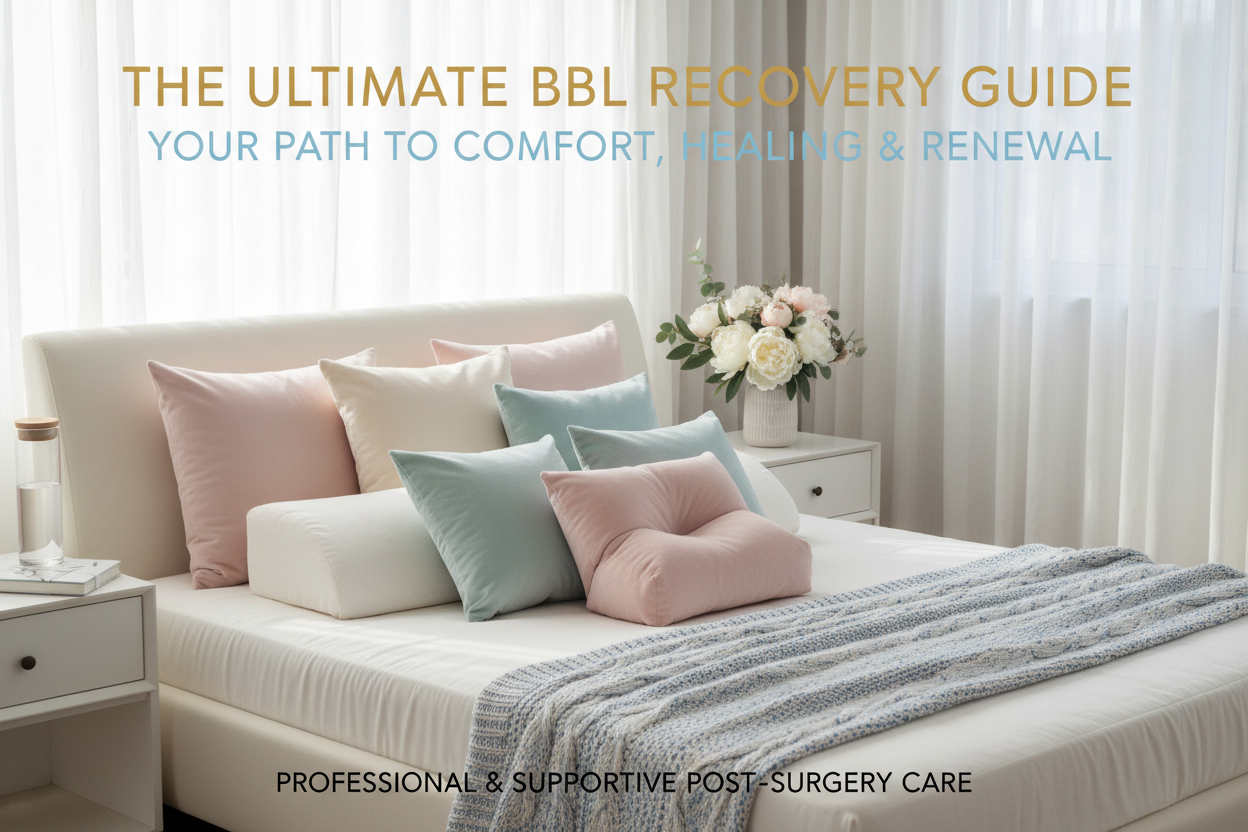
Best BBL pillow for sitting
Don't let your BBL results flatten. Discover the best BBL pillow for sitting and air travel. Learn why medical-grade suspension is the only way to ensure 100% fat graft survival and maintain your Ogee curves post-surgery.
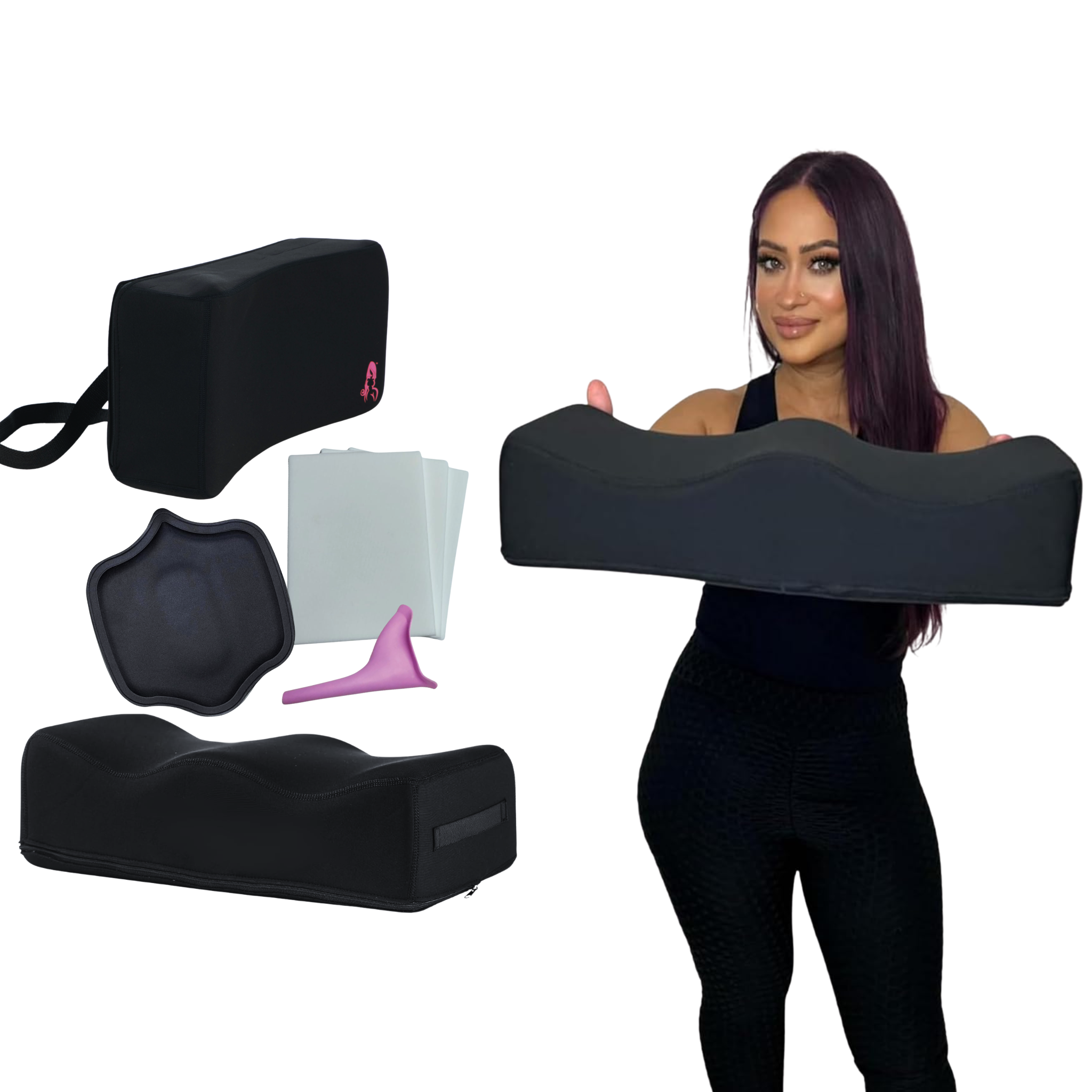
EL MEJOR COJÍN BBL PARA SENTARSE
Sabías que el éxito de tu BBL depende en un 50% de cómo te sientas? En esta guía de autoridad, exploramos por qué los cojines de Amazon fallan y cómo los 4 diseños patentados de Bombshell Booty Pillow garantizan la vascularización y la supervivencia de la grasa. No arriesgues tu inversión de miles de dólares por un cojín de espuma barata; descubre la ciencia detrás de la suspensión total y el protocolo Ogee para un postoperatorio perfecto
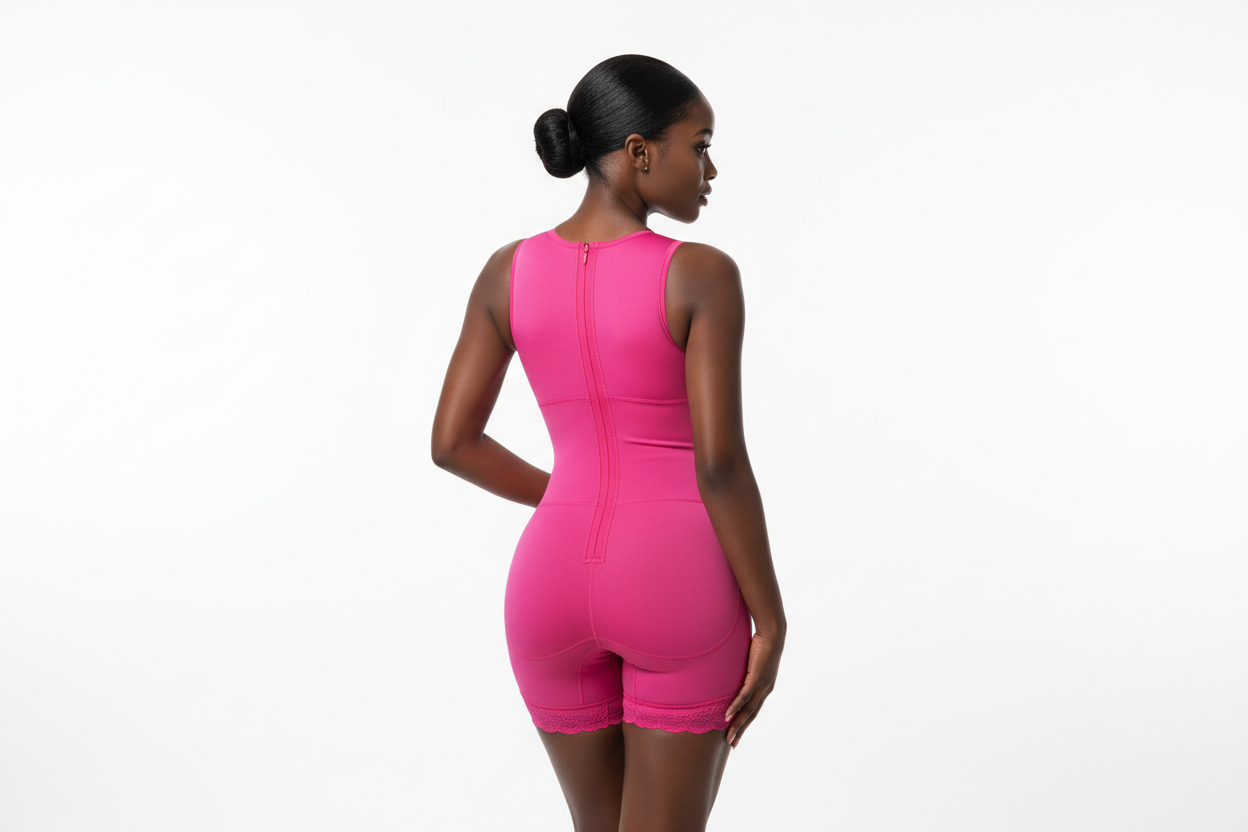
COJÍN BBL POST QUIRÚRGICO PARA GLUTEOS
Sabías que el 40% de la grasa transferida en un BBL puede morir si te sientas incorrectamente? Descubre la guía definitiva de recuperación con los 4 diseños patentados de Bombshell Booty Pillow. Aprende a proteger tu inversión y lograr curvas perfectas sin sacrificar tu comodidad.
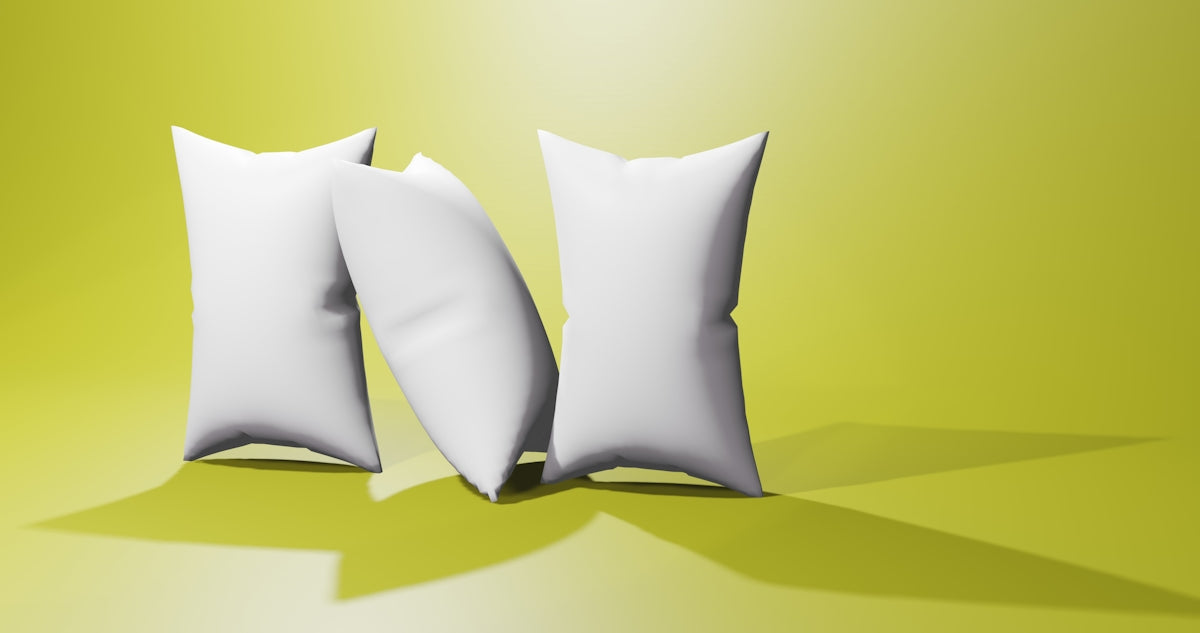
How to Select a BBL Recovery Pillow for Optimal Comfort Post-Surgery
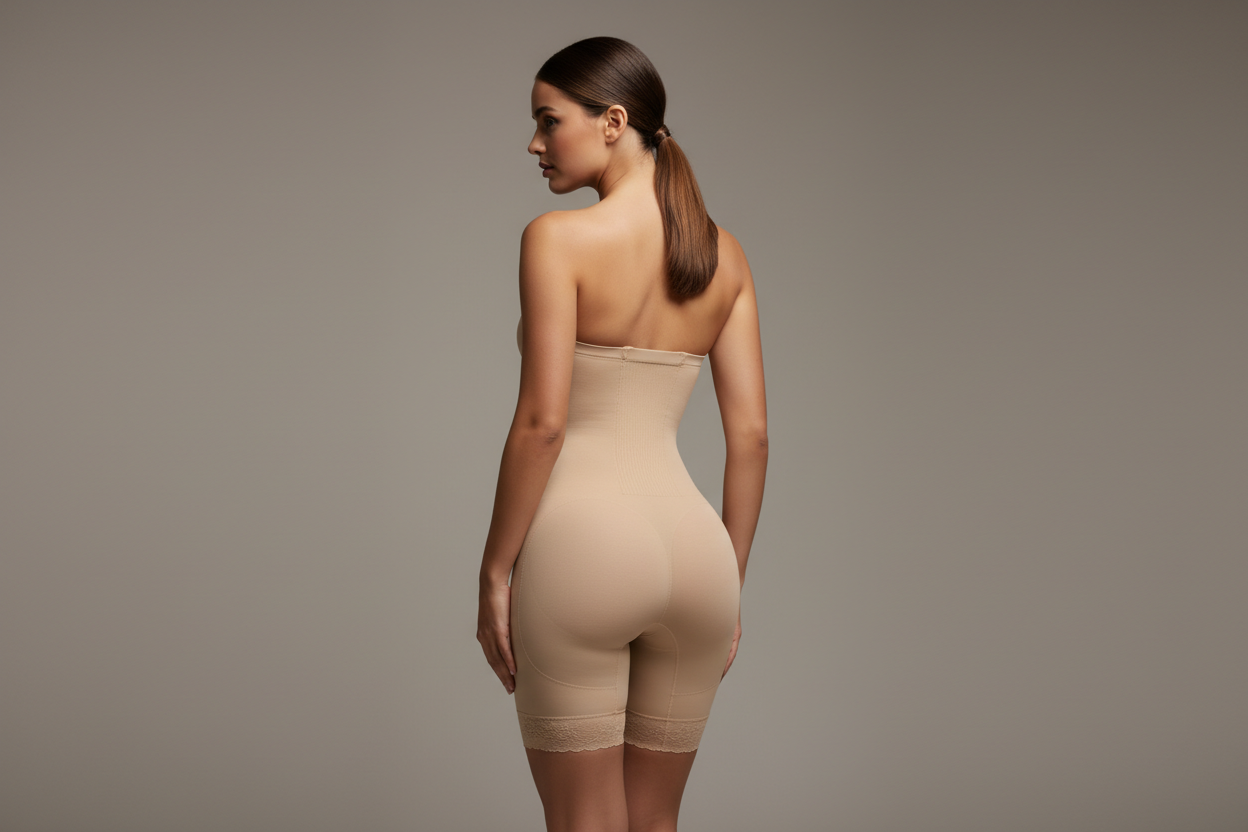
Lo que necesita saber sobre el Levantamiento de Glúteos Brasileño (BBL)
Preparándote para un Levantamiento de Glúteos Brasileño (BBL)? Esta guía esencial cubre todo lo que necesitas saber sobre la seguridad, la preparación preoperatoria y los cuidados críticos postoperatorios. Aprende por qué evitar sentarte directamente es la clave para que la grasa transferida sobreviva y cómo los accesorios como el Bombshell Booty Pillow pueden asegurar una recuperación exitosa y cómoda.
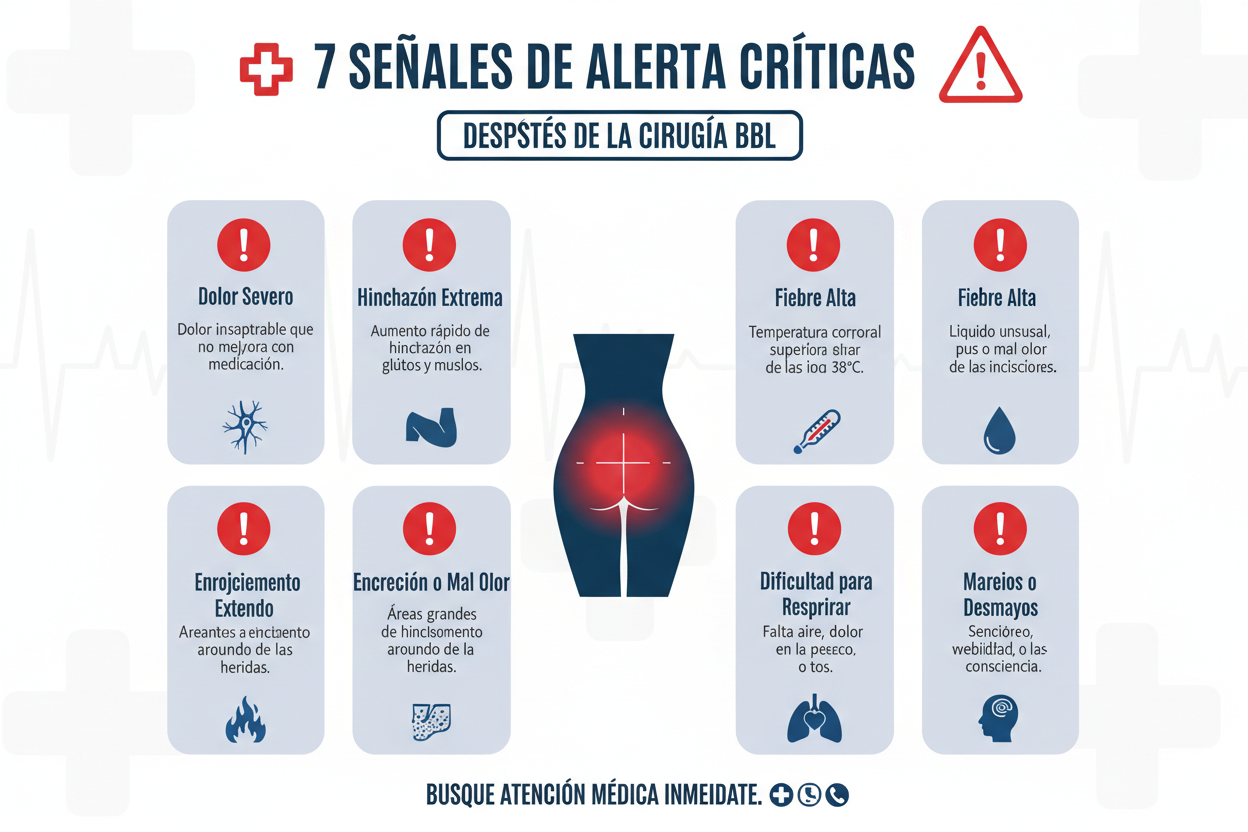
Señales de Alerta que los Pacientes Nunca Deben Ignorar despues de BBL
Preocupada por tu recuperación post-BBL? Descubre las 7 señales de alerta cruciales que indican una complicación. Aprende cómo tu cojín BBL y una buena preparación te protegen. ¡Tu guía completa para un postoperatorio seguro!
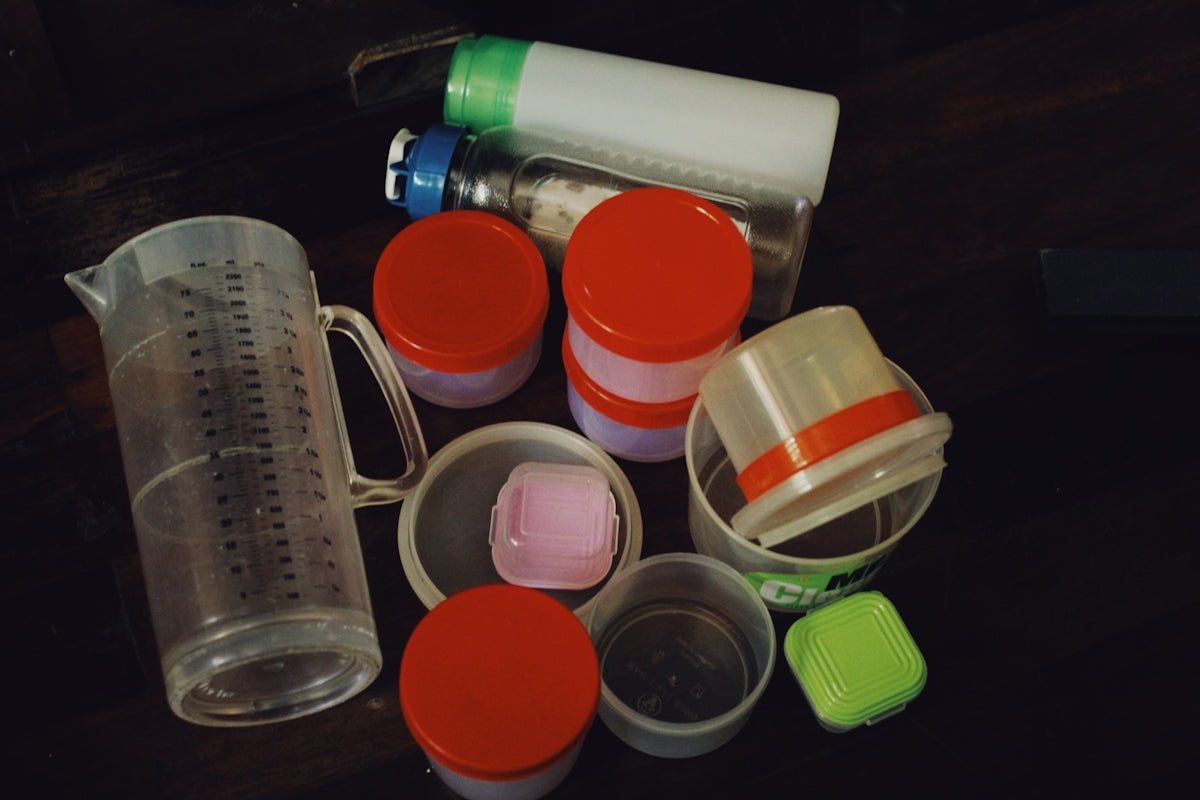
Top 10 BBL Recovery Supplies You Need for a Trouble-Free Healing Experience
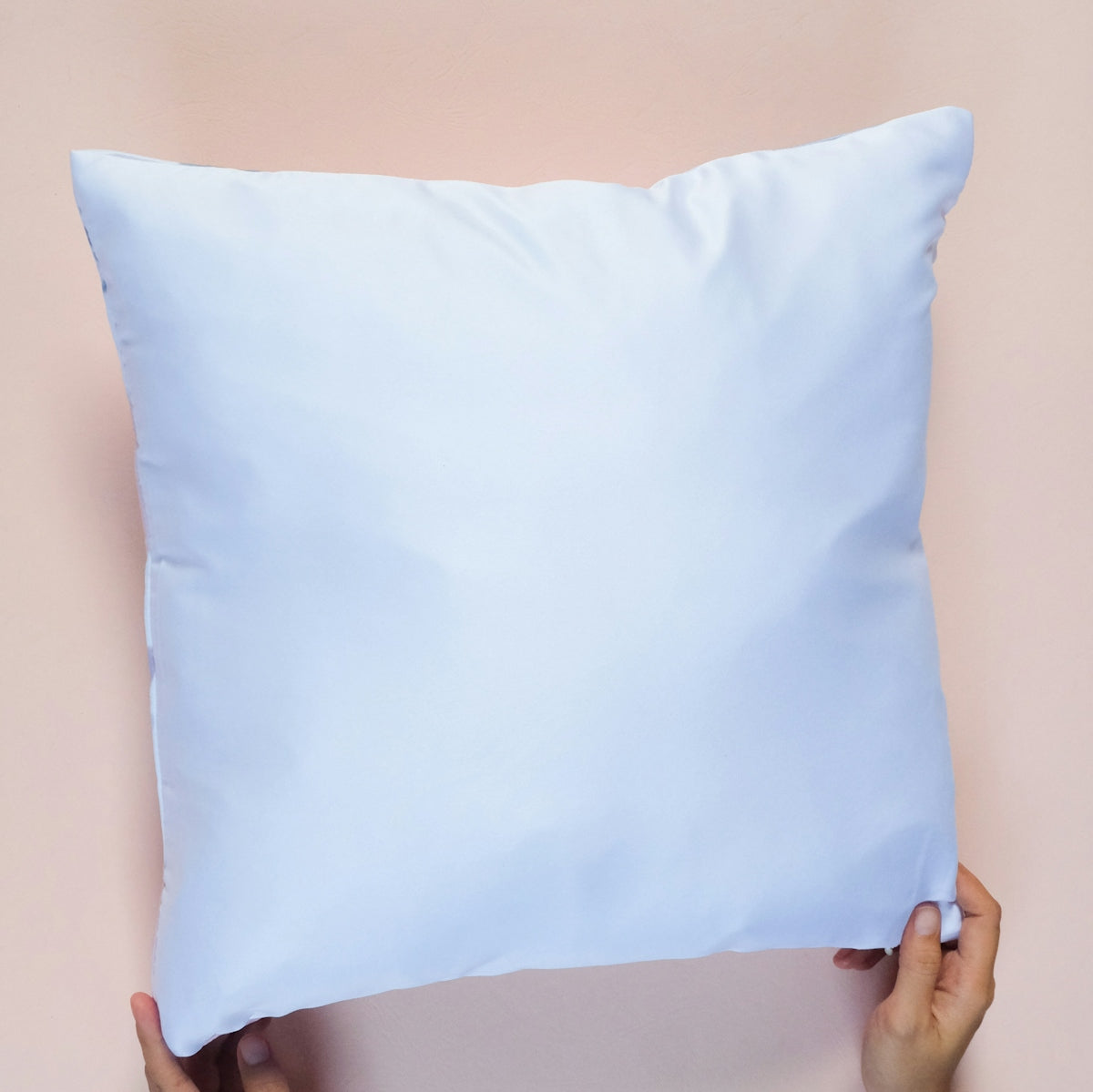
Ultimate Guide to BBL Surgery Recovery and Choosing the Right BBL Pillow
Blog posts


EL MEJOR COJÍN BBL PARA SENTARSE

COJÍN BBL POST QUIRÚRGICO PARA GLUTEOS

How to Select a BBL Recovery Pillow for Optimal Comfort Post-Surgery

Lo que necesita saber sobre el Levantamiento de Glúteos Brasileño (BBL)

Señales de Alerta que los Pacientes Nunca Deben Ignorar despues de BBL

Top 10 BBL Recovery Supplies You Need for a Trouble-Free Healing Experience

Ultimate Guide to BBL Surgery Recovery and Choosing the Right BBL Pillow
